Hidden By A Freeway, A Skatepark Grows
The National DIY Skatepark started out as an illegal project in Walker's Point.
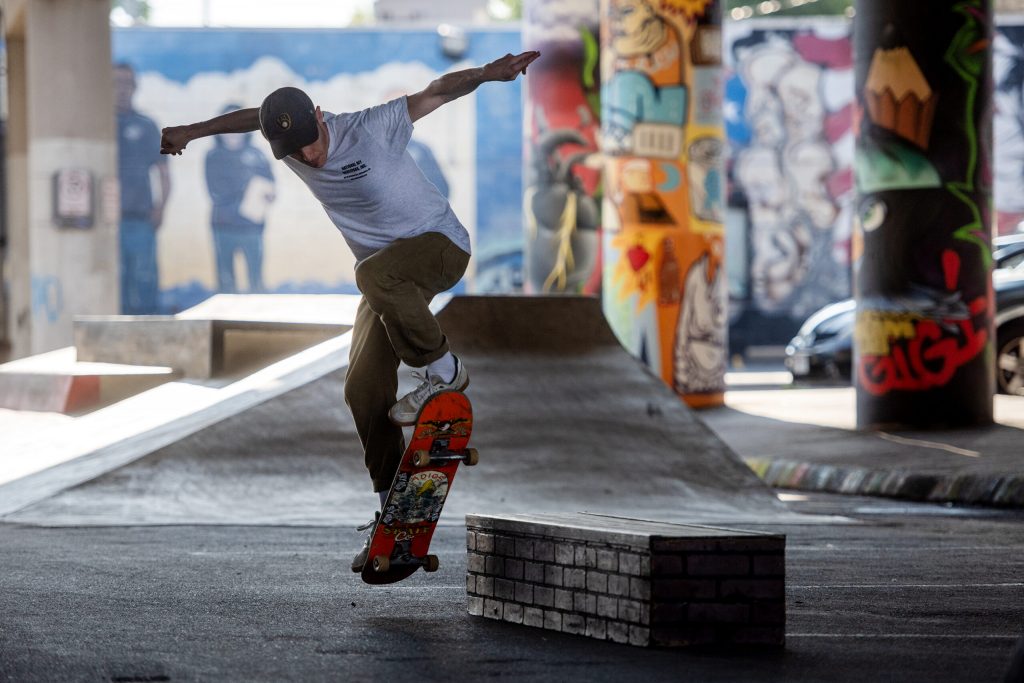
Dylan Shanahan skateboards Wednesday, Aug. 13, 2025, at National DIY Skatepark in Milwaukee, Wis. Angela Major/WPR
One of the first things you notice about the National DIY Skatepark is the noise.
Tucked behind massive concrete support beams holding up a tangled stretch of I-94 in Milwaukee’s Walker’s Point neighborhood, the park echoes with the sound of freeway traffic up above. Motorcycles rev their engines and race down National Avenue, the adjacent thoroughfare.
These days, amidst all of that, people on skateboards, scooters and rollerblades practice tricks on curbs and quarter pipes, in a space that’s done a full 180 in the last five years.
Because all that noise, it turns out, is helpful when you’re transforming an abandoned corner of a city into a secret — and probably illegal — skatepark.
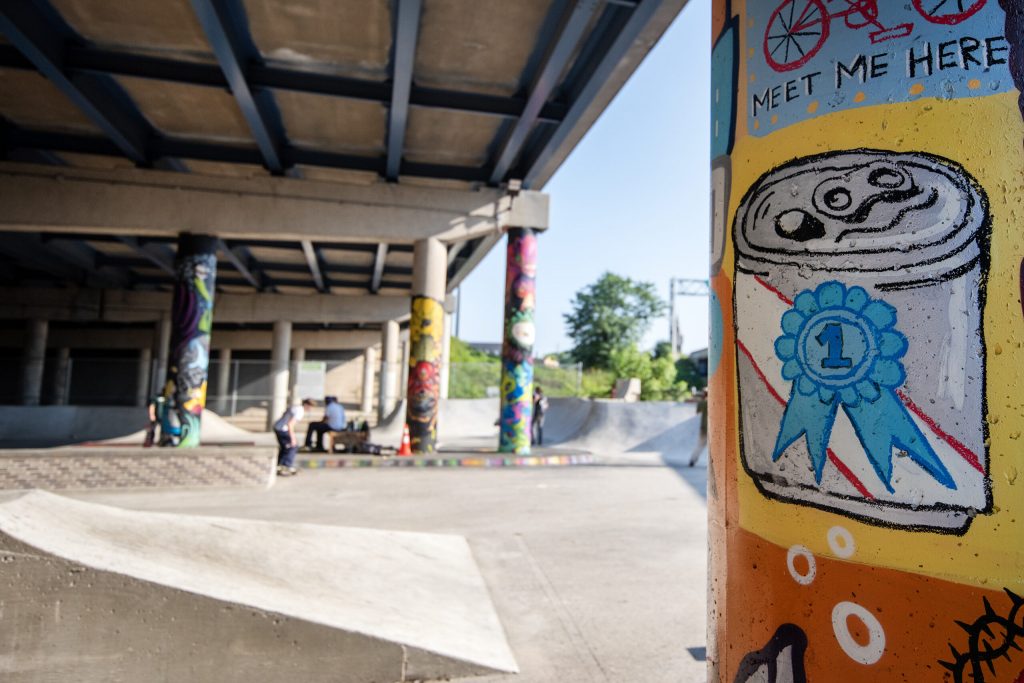
Artwork surrounds the equipment at National DIY Skatepark on Wednesday, Aug. 13, 2025, in Milwaukee, Wis. Angela Major/WPR
On a recent steamy summer afternoon, a merciful breeze made its way under the freeway as Danny Sokol sped around the park on his board. Sokol, 28, started skating when he was about six years old, growing up just outside Milwaukee — “kept me out of trouble.”
A decade ago, Sokol would sometimes pass through this spot on his board, back when it was an abandoned park-and-ride. Among all the trash and spilled car oil was a little curb that some skaters liked to hit. But all in all, it was “very dark, dungeon-y, gloomy, kind of sad,” he recalled.
And it was probably destined to stay that way, as a place where you shouldn’t be and probably didn’t want to stay for long. And then COVID-19 hit.
During those dark, confusing days, Dylan Shanahan saw the space with different eyes. Noisy, dark, mostly unused — perfect for the free outdoor skatepark Milwaukee didn’t have. The first structures went up quickly in a do-it-yourself, or DIY, fashion. They weren’t the prettiest, but they were skateable.
“It’s kind of like an act of protest,” Shanahan said. “But instead of tearing something down … we’re building something that we want to see and create value for our community.”
In the early years, Shanahan remembers the fear that someone from the city could come and knock it down at any point. Fragility is a hallmark of DIY spaces, constructed without official sanctions or say-so.
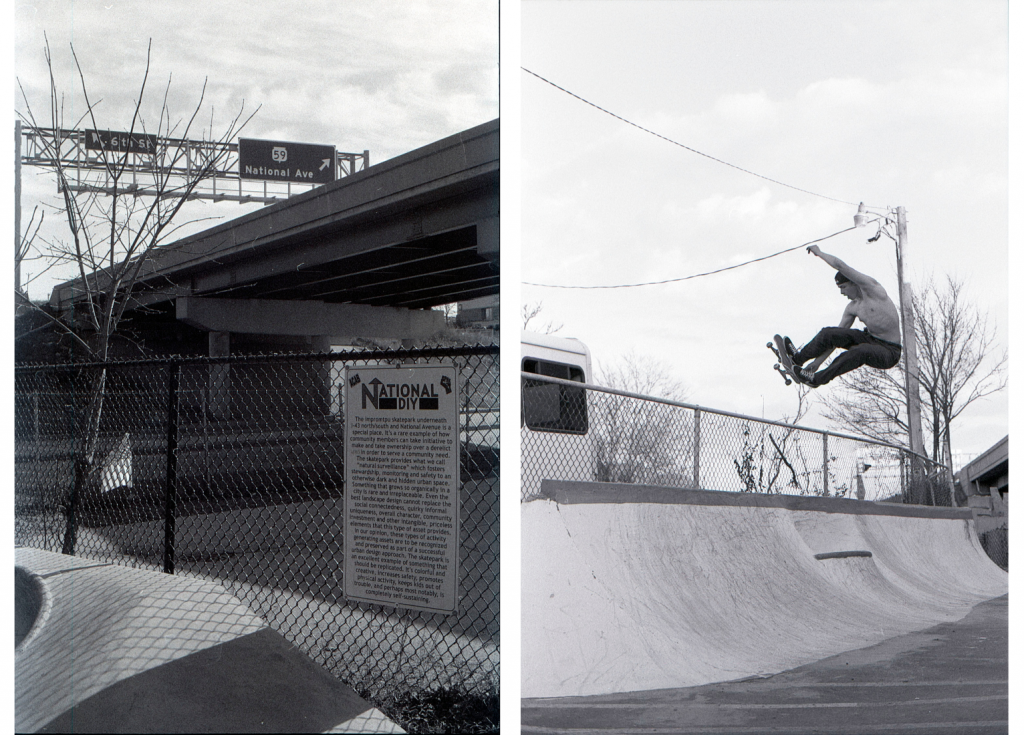
Left: The western edge of the National DIY Skatepark in Milwaukee’s Walker’s Point Neighborhood. Right: A skater makes use of the park. Photos courtesy of Dylan Shanahan
Five years later, Shanahan, now 32, and what has become a large crew — including a nonprofit board and dozens of volunteers who have donated thousands of hours — can breathe a little easier. The ethos of asking forgiveness, not permission, eventually netted them city support, with a big vision of things to come.
And all that from trying to carve out a refuge for the community during a bad time in history, and also just on a hot day like this one.
An ‘illegal’ COVID-19 project
In those bad early days of the pandemic, Shanahan was living alone and, suddenly, didn’t have a job to go to. One of the things he could do to get out of his apartment — and his own head — was jump on his skateboard.
“The only place where I felt safe or good was when I was riding my skateboard, because it was just so hectic and scary,” he said.
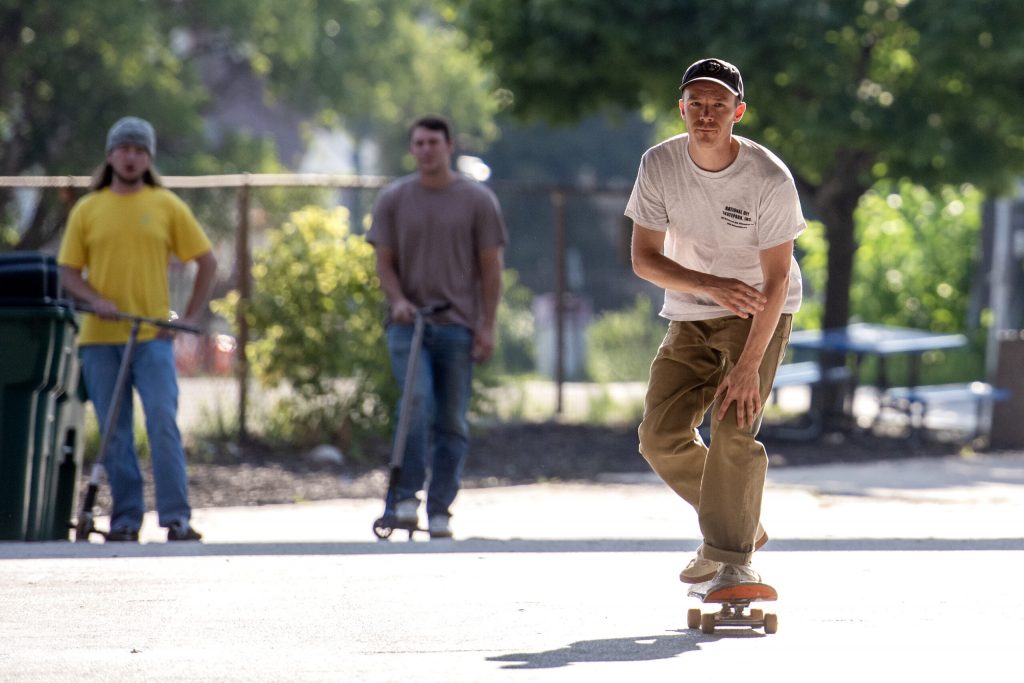
Dylan Shanahan skateboards at National DIY Skatepark on Wednesday, Aug. 13, 2025, in Milwaukee, Wis. Angela Major/WPR
But in the city of Milwaukee, there weren’t any public outdoor skateparks. So Shanahan and his friends skated around the eerily quiet city. One day, a friend brought him to a gloomy spot under the overpass, just off National Avenue, with a curb that they could hit. Maybe eventually, the friend suggested, they could build their own ramp there.
“And I was, immediately, like, ‘Whoa,’” Shanahan said. “He’s like, ‘You know, we can build that transition, over there, over here.’ And I was like, ‘We could build a skate park over here,’ because I just was already in it.”
Shanahan said that negligence made it a prime location. Nobody was paying attention to a loud, dank lot under a tangle of freeways. Soon, dozens of people started coming from across the city to volunteer to clear out the area and start building the skatepark.
“It was always really hard to say how illegal it was, especially in the beginning when it was small, because no one really bothered us at all,” Shanahan said. “For at least two years, we didn’t get any flack. All we got was support. And so we just kept chugging along.”

Aaron Polansky pours cement to construct the National DIY Skatepark underneath a freeway in Milwaukee’s Walker’s Point neighborhood. Photo courtesy of Emmy Yates
According to Aaron Polansky, that grassroots support was because the volunteers were filling a very real need in Milwaukee: an outdoor skatepark inside city limits. A veteran of the Milwaukee skate scene, Polansky has owned the Sky High Skate Shop since the 1990s. He said the region has some parks — including Estabrook, another DIY park just outside the city, in Shorewood. But, there was nothing purely for skaters, by skaters, in a central part of Wisconsin’s largest city.
Polansky, 52, said that motivated volunteers, even those who had no experience with construction, to contribute, and the park blossomed quickly.
“It has that organic movement,” he said. “It’s a little more exciting because people get to watch as things get added and (that) adds more excitement as things move along and things get built up,” he said.
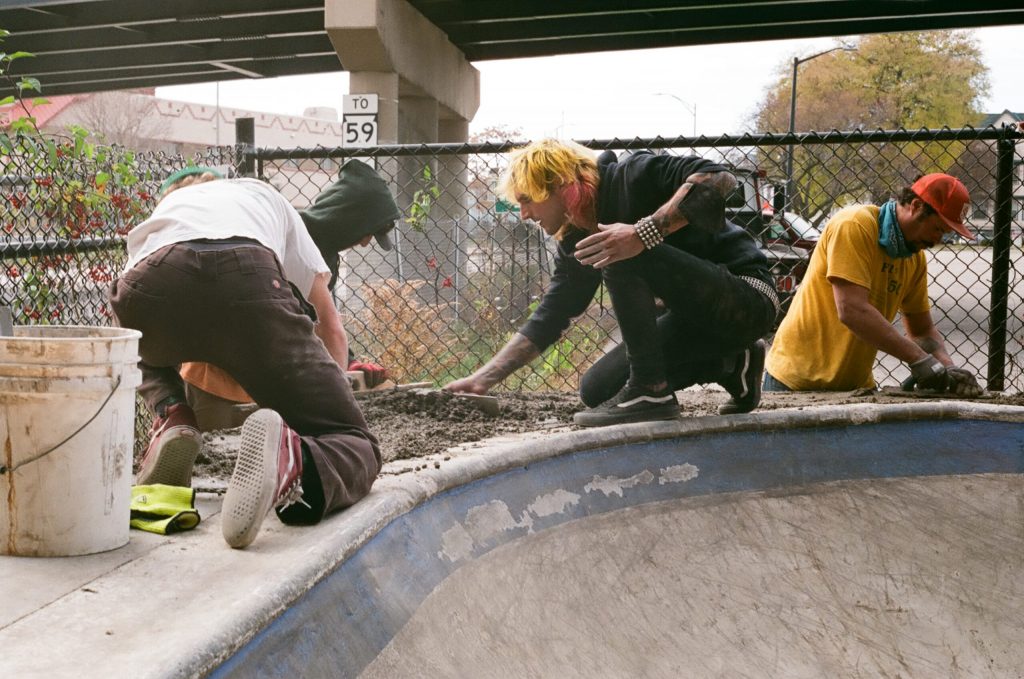
Volunteers work to construct the National DIY Skatepark, underneath a freeway in Milwaukee’s Walker’s Point neighborhood. Photo courtesy of Dylan Shanahan
DIY offers creativity and freedom —and risk
That’s often the process for DIY skateparks: people who want to use them build according to what they need.
And that’s been a trend in urban areas for nearly 40 years, said Iain Borden, an architectural and skateboard historian at University College London.
Skateboarding isn’t necessarily the transgressive activity it once was. Today, it’s an Olympic sport. But that doesn’t mean that cities have always looked favorably on the secret arrival of what can be significant construction projects — or recreational spaces that they don’t have good eyes on.
“A lot of them are very, very temporary,” Borden said.
Precarity is built into any kind of do-it-yourself space, he said, and that’s part of the magic. Or, in more academic terms, it’s the “cultural and social depth” that emerges in the social process of doing something hard with your friends.
“If you’ve built it yourself, you’ve got, literally, skin in the game,” he said. “You’ve cut, bled, got cement dust in your eye.”
Building something outside official pathways leaves room for creativity, freedom and community. But there’s also risk. You can put in all that work, and there’s no guarantee it will survive. Over the decades, other communities across the country have responded to DIY skate parks in different ways.
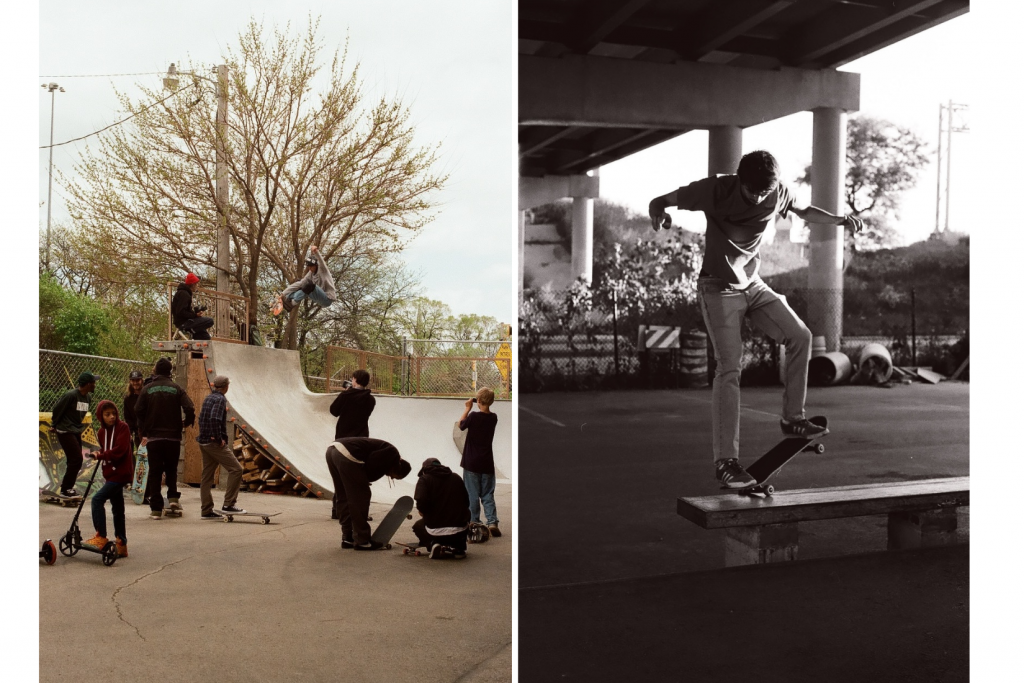
Skaters at the National DIY Skatepark in Milwaukee’s Walker’s Point neighborhood. Photo courtesy of Emmy Yates, Dylan Shanahan
Take the legendary Burnside Skatepark Portland, Oregon, as an example. It’s considered among the first DIY skateparks, dating back more than three decades. Even with the bridge slated for temporary closure, the county has said the park is safe.
On the other hand, there’s the Irish Banks, on the south side of Chicago. Last year, the state knocked it down with what the skaters said was no warning.
Borden said for every decades-old DIY, dozens disappear after months or years. One key to survival is finding some kind of balancing act with the surrounding municipality.
“Where DIY survives, it almost inevitably has to go down some kind of path from more guerrilla activity, which they often start as, into some form of recognition,” he said. “Because, by their very nature, if things are going to exist over a period of time, then they’re going to need some kind of city-wide or city-level support.”
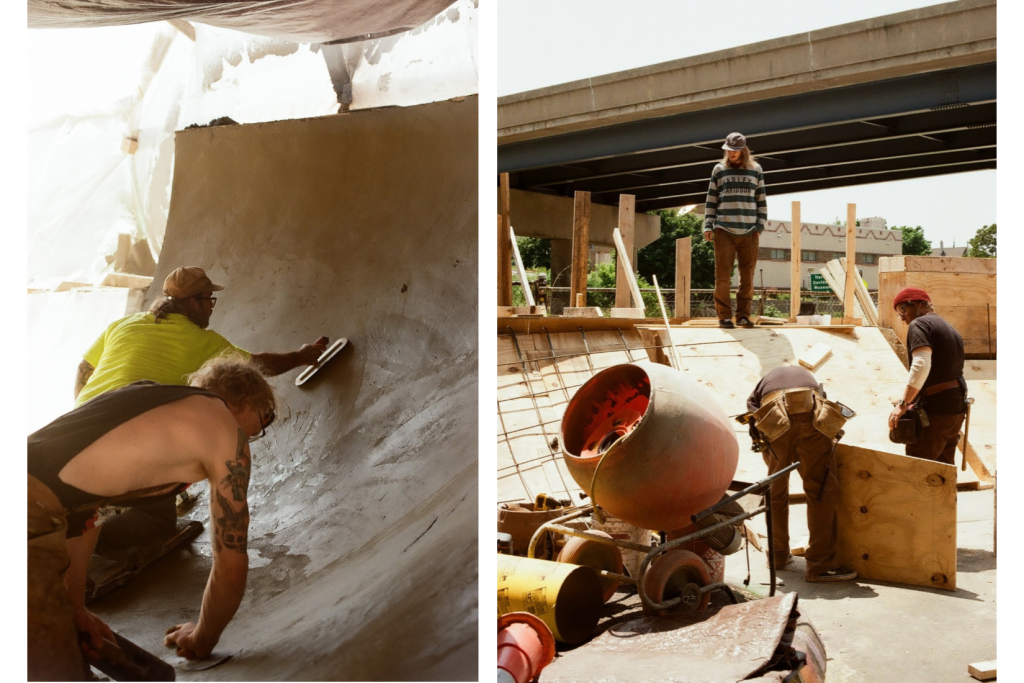
Volunteers smooth concrete over a ramp, left, and construct transitions, right, at the National DIY Skatepark in Milwaukee’s Walker’s Point neighborhood. Photo courtesy of Emmy Yates
Going legit, and getting city trash cans
Emmy Yates, 32, knew all about that history. She started hanging around the park while writing a master’s thesis about DIY spaces like this one — and right around the time that the city of Milwaukee did start coming around National DIY.
That attention raised the hackles of everyone who’d been investing years of sweat into building the park.
“These are very delicate spaces, and they get bulldozed, day of, years in,” she said. “I just cannot emphasize how vulnerable DIY skateparks are, because they’re informal … they’re illegal, they’re citizen-led.”
All too aware of the project’s fragility, Yates filled out the paperwork to form a nonprofit. And things snowballed from there, in ways Shanahan said he couldn’t have imagined.
The newly-formed National DIY nonprofit won a city grant that allowed them to install lights and better fencing. They secured insurance and money for professional builders. The group has been asked to consult on another city-run skatepark going up nearby.
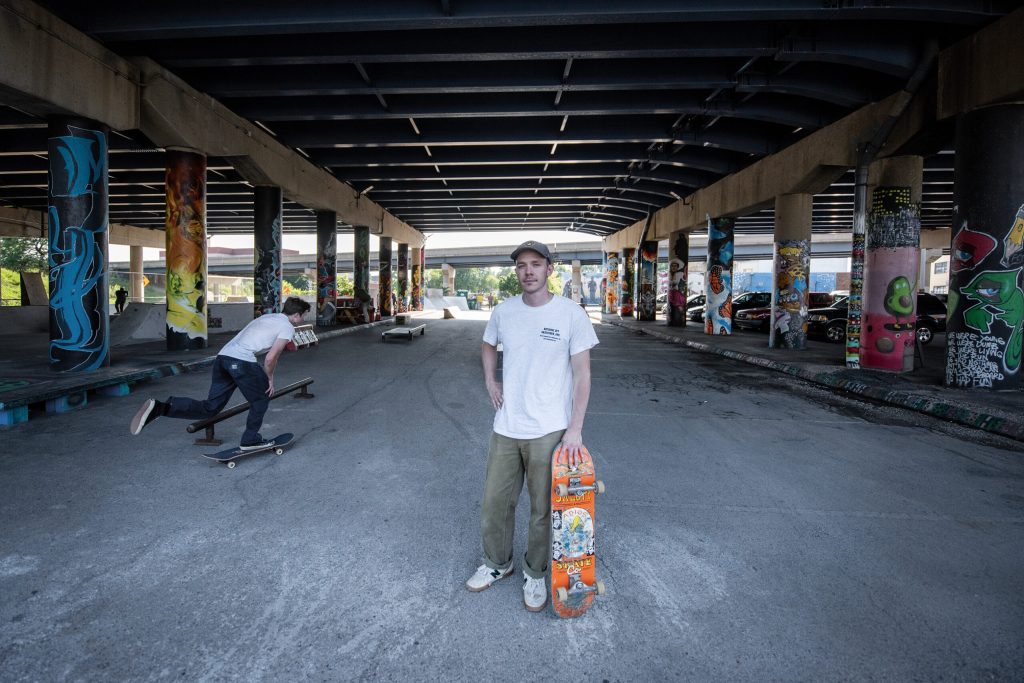
Dylan Shanahan stands in between the artwork and skatepark equipment at National DIY Skatepark on Wednesday, Aug. 13, 2025, in Milwaukee, Wis. Angela Major/WPR
“I really did not want to see this go away,” Shanahan said of all that work. “I felt an enormous responsibility to all of the good people, the true grassroots movement. … Once I felt that responsibility, I was like, I’m gonna do whatever I can to make sure this stays and grows.”
You can see the slow-build process, its starts and stops and practice rounds, when you walk around the park. It’s uneven in places; easy to see where the team got better at pouring concrete over the years, the moment when professional contractors stepped in for a spell.
The pillars holding up the freeway are painted with colorful murals by local artists. And at the eastern end of the park, the first ever wall they poured still stands, lumpy and cracked, as a reminder of how far they’ve come.
Earlier this summer, another sign of local investment popped up: official city trash cans. For five years, Shanahan and other volunteers carted out bags of trash multiple times a week. Thousands of pounds of trash in total, they estimate. Now, the city will do that work.

Skate ramps stand partially constructed underneath a freeway in Milwaukee’s Walker’s Point neighborhood, at the site of National DIY Skatepark. Photo courtesy of Emmy Yates
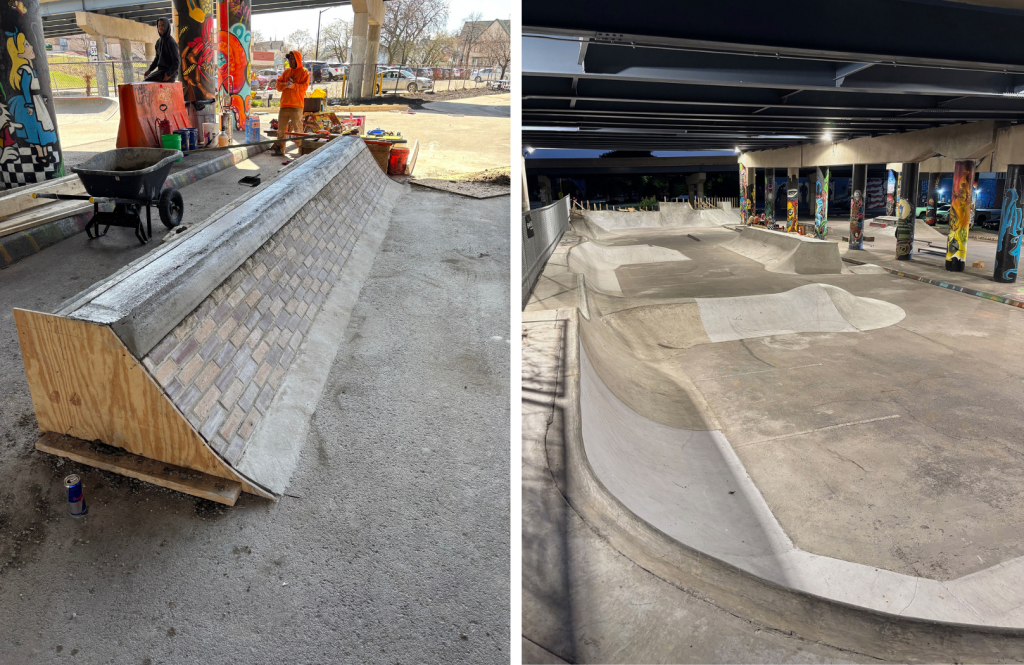
National DIY Skatepark, under construction during the day, left, and after the installation of new lights at night, right. Photo courtesy of Dylan Shanahan
Benefits to the community, and a lesson for other cities
Borden, the skateboarding historian, said local governments are increasingly supportive of skateparks as a way of transforming disused property into healthy community spaces.
“I think there’s a wider recognition that skateboarding is not a problem; it’s a solution to a problem,” he said.
Skating can check many boxes, he said. It gets people outside, taking risks and pushing themselves, meeting others. The value of building it yourself compounds that, getting people “critically thinking about the world around them,” he added. That is: skaters see an old curb and see a surface to hit. They see an abandoned lot and see potential for ramps. They see their old ramps and figure out how to make them better, stronger, smoother.

Left: The western edge of the National DIY Skatepark in Milwaukee’s Walker’s Point Neighborhood. Right: A skater makes use of the park. Photos courtesy of Dylan Shanahan
“DIY is an extension of that essentially critical nature that street skaters have to the world around them, which is, ‘What can I do with this space?’” he said. “It’s not just about skating. It’s about creatively transforming the fabric of the city as well.”
That’s why the National DIY crew said they think their project can be something of a model for other communities. If you want an active and positive recreational space, they argue, empower the people who will use it to build it themselves.
But if the benefits of skate parks are communal, they are also highly personal. Jon Bartels, National DIY Skatepark’s lead builder, said that’s why he’s passionate about building skating structures for others.
“Growing up, skate parks were always my safe haven,” said Bartels, 35. “It’s where I kind of learned all of my life lessons, and it was a safe space for me growing up. And I think that’s important to have that in communities such as this.”
That sense of safety may have been especially important during the COVID-19 pandemic. During a time of chaos and turmoil, having a place to come and build, skate or just hang out became a lifeline, Shanahan said. But it’s a central part of the mission going forward, too, he said.
On that one warm summer afternoon, a little boy and girl were at one corner of the park, practicing dropping in. That’s that nerve-wracking first moment when you tip your skateboard over the lip of the ramp, heading downwards. Their father watched nearby.
Seeing those kids is kind of the whole point, Shanahan said. They’ll grow up knowing that they have this place to come to.
And in the meantime, the work continues. The team envisions building out further, installing landscaping, figuring out some kind of drainage solution. Polansky, the skate shop owner, said they’re increasingly part of a connected scene that’s attracting skaters from all over the country to Milwaukee.
The city might change around this park, or maybe even because of it. But people will still come out, to skate in and shape this space. It’s still noisy, but now it’s bright.
“Wisconsin Life” is a co-production of Wisconsin Public Radio and PBS Wisconsin. The project celebrates what makes the state unique through the diverse stories of its people, places, history and culture.
Under the bridge: A skatepark grows in Milwaukee was originally published by Wisconsin Public Radio.
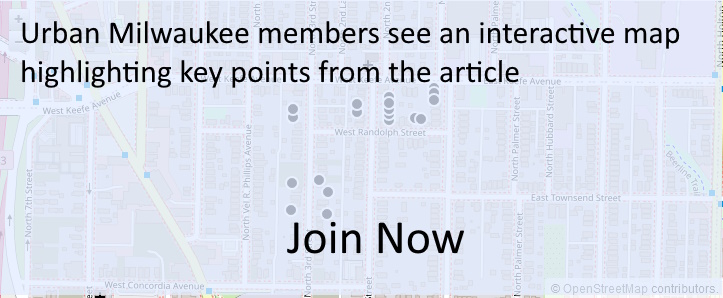
Existing members must be signed in to see the interactive map. Sign in.
If you think stories like this are important, become a member of Urban Milwaukee and help support real, independent journalism. Plus you get some cool added benefits.

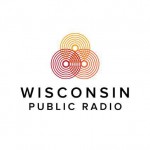



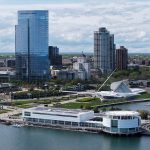



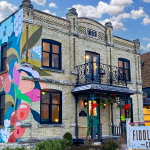
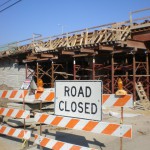
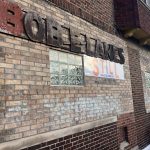





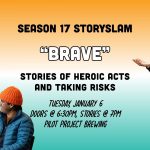



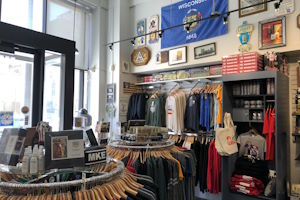
Aside from this article using the same photo 5 times, this reflects positive citizen action resulting in a positive outcome! Thanks for reporting about this.
@mpbehar – The photo issue is a bug in our WPR import process. Investigating what occurred there.
Great initiative by this group. I always thought that a mountain biking park could be build under other parts of the ‘Freeway on the south side. Nothing else is being done with the space under the freeway.